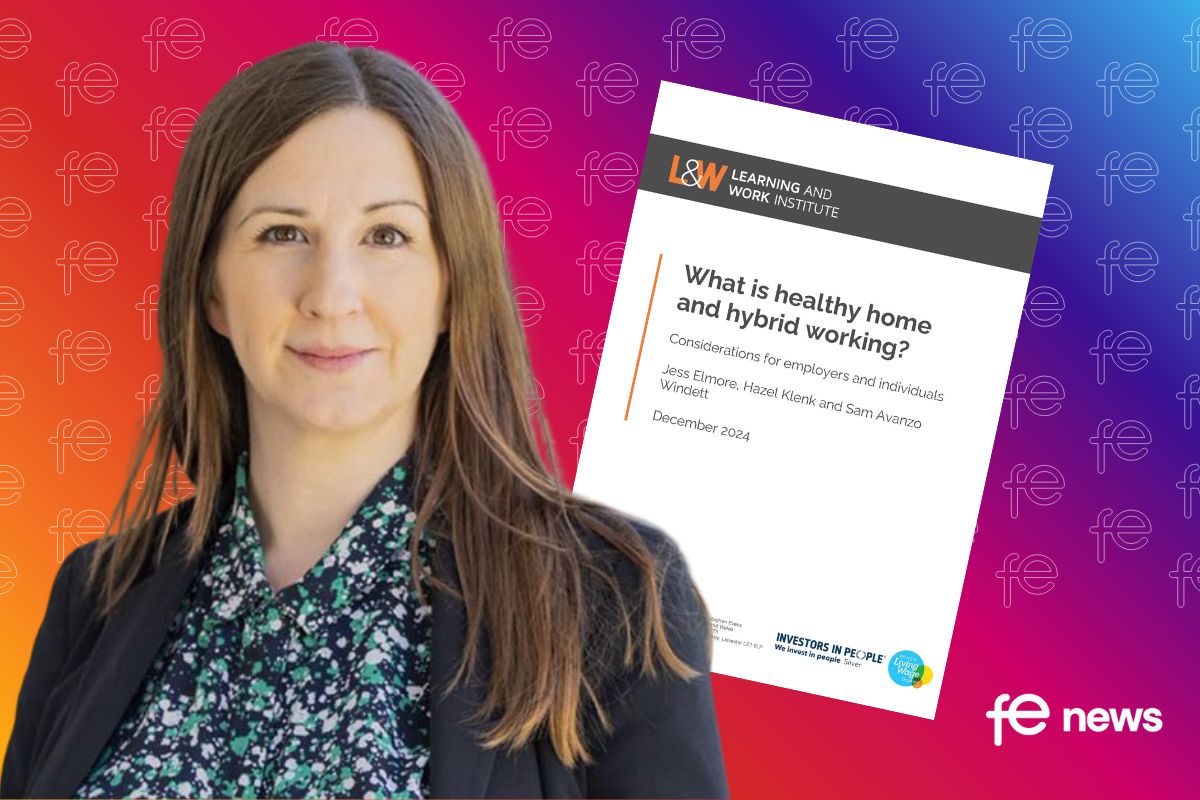The Importance of #MentalHealth Awareness in Education

Following on from Mental Health Awareness Week, which aims to make people aware of the negative impact mental health illnesses can have on people’s daily lives. Mental health problems are a real illness which can happen to any one of us, even young people!
People often too quickly dismiss mental illnesses as an ‘unreal problem’. ‘Just be happy’ or ‘things will get better’ are common ‘solutions’ from people who don’t fully understand what the person suffering is going through.
Would you tell someone with a broken leg to ‘just get up and walk?’, we didn’t think so!
Unlike physical illnesses, people suffering from mental illnesses mask their daily struggles of suffering and pain. It’s time to speak out and stop suffering in silence!
At the minute, students are in the midst of exams. With exams comes the pressure to succeed. This is often one of the most stressful periods of a teenagers life.
Are you, your child or a student in your class struggling to deal with stress and feeling completely overwhelmed by revision? Sometimes a listening ear can go a long way.
We all have mental health, but what defines negative and positive mental health is how we feel about ourselves.
Mental Health Is Not Extracurricular
Mental health awareness in schools is vital, often teachers and staff at school are the first point of contact for a young person suffering. You might be shocked to hear that many mental health problems actually start in childhood. Three in four mental health illnesses start in childhood and figures show that in a class of 30 young people, three will have a mental health problem.
These statistics are very real and what’s even more worrying is that 75% of young people are not receiving treatment.
Introducing Mental Health to the Classroom
There is no place for the stigma which surrounds mental health problems in the classroom. By talking to students about their feelings, worries and stresses you’ll ultimately be helping them to become aware of their own mental health so they can speak out.
Discuss the five ways to wellbeing with your students. These cover:
- Connect
- Be active
- Take notice
- Keep learning
- Give
What Are the Warning Signs to Look out for in Your Student?
Has one of your pupils been turning up to school late, not completing homework on time or looking away with the fairies when they do turn up to class? We all know students like to bend the rules every now and again but perhaps there’s more to this than what meets the eye.
Try talking to your pupil about any difficulties they might be having.
Signs of any problems can include:
- feeling low
- feeling more anxious or agitated than usual
- losing interest in life
- losing motivation
- put on or lose weight
- stop caring about the way they look or about keeping clean
- do too much work
- stop attending lectures
- become withdrawn
- have sleep problems
By autumn 2020 the government has proposed that health education will be a mandatory part of the curriculum for all primary and secondary schools. Mental health is important at all stages of life. Bring mental health to the classroom. Take time to recognise mental health problems in the classroom.
The stigma surrounding mental health is changing, people are being less ignorant towards the feelings of others and a positive attitude and support within schools, communities and the workplace is happening.











Responses